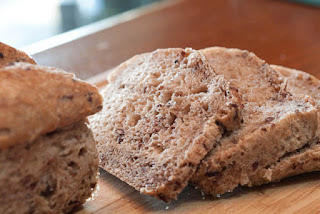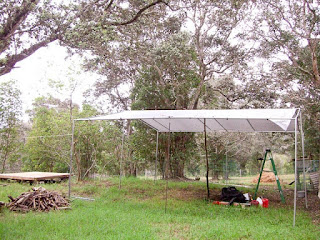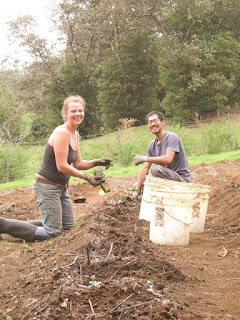Desmodium intortum- adopted weed as a cover crop
Desmodium intortum (or just desmodium) is a common pasture grass that escape pasture and become common weed in a garden and a farm, but once we know its great property as a cover crop, it is quite a useful plant. Depending on a type of crops that you grow, desmodium can be utilized very effectively to break up the subsoil without mechanical means. Especially in a tree or perrenial crop system, it works really well much like pigion pea, and easy to kill by cutting at the taproot. Also, it is a legume that means it fixes nitrogen. I have difficulty growing alfalfa and clover in acidic soil since tea likes acidic soil although I see clover and alfalfa still grows somewhat, other legumes that grows in acidic soil is preferable. Vetch also grows fair, but all these alfalfa, clover and vetch seem to have problem setting seeds and naturalizing without certain soil environment. Desmodium is also a pasture mix for large animals like cattle and sheep and it does not tolerate heavy grazing so ...







